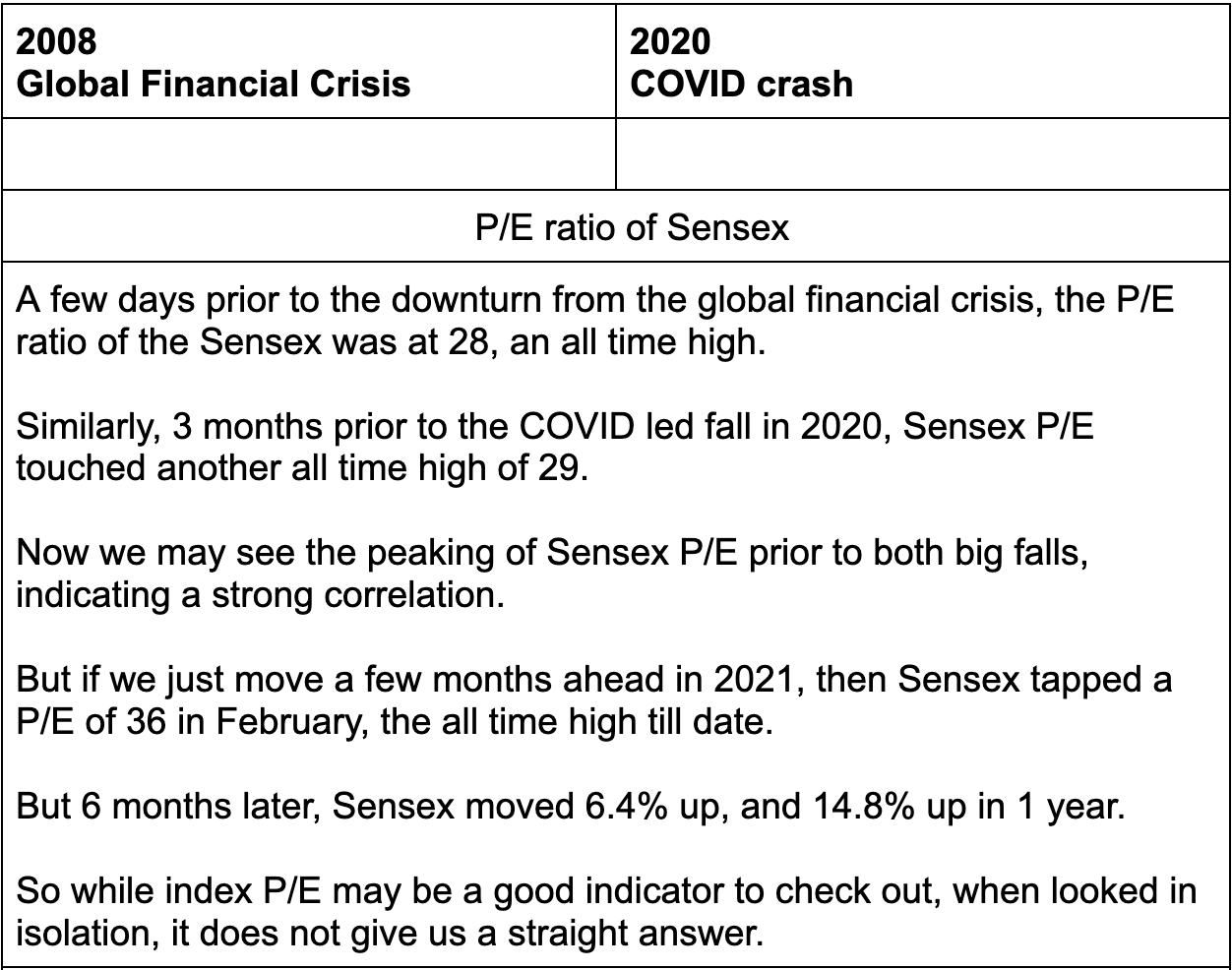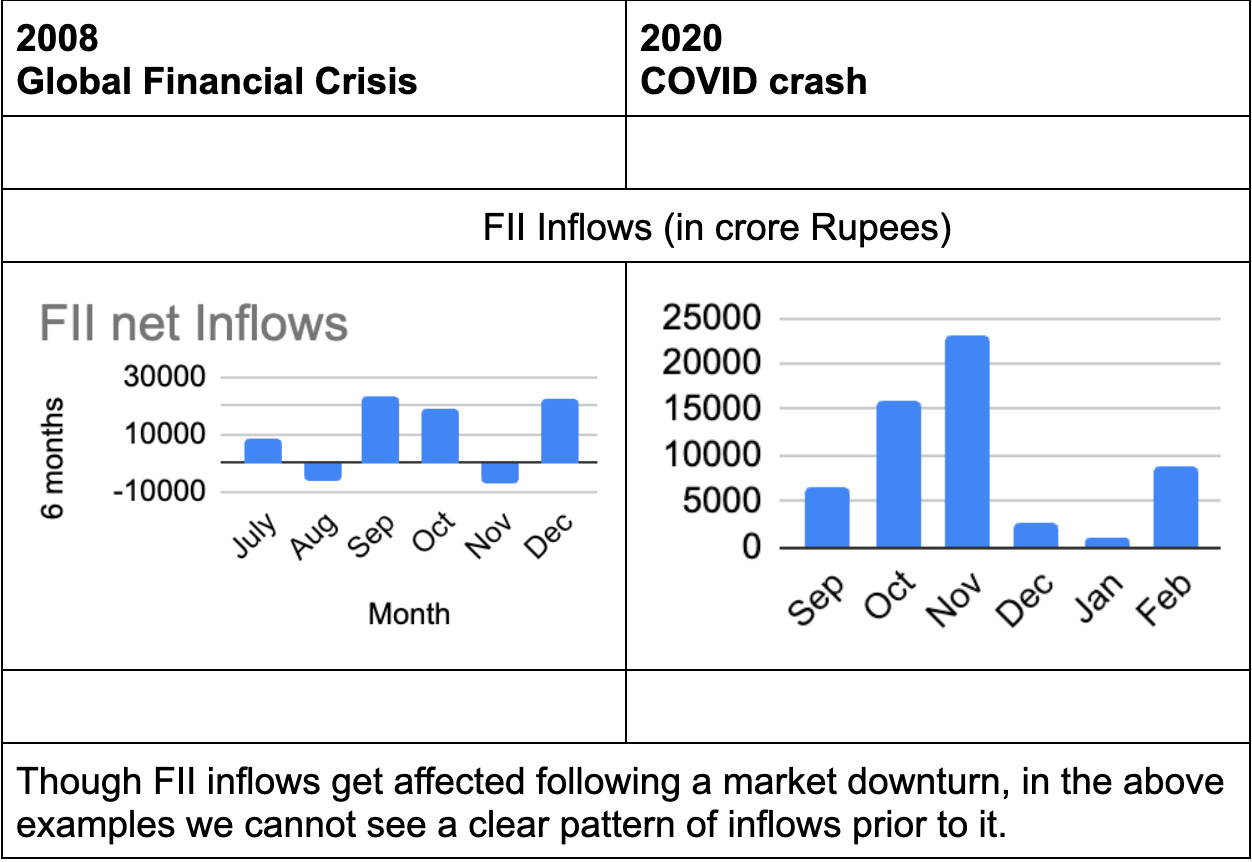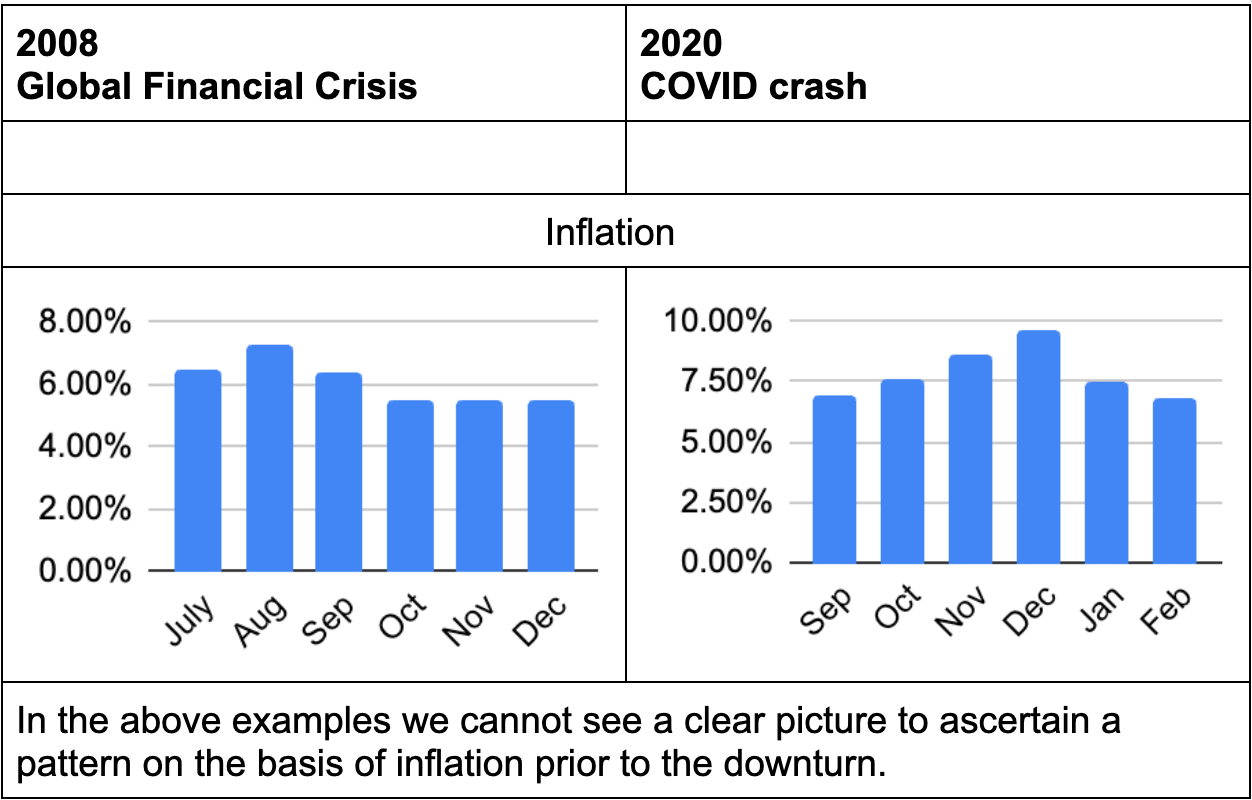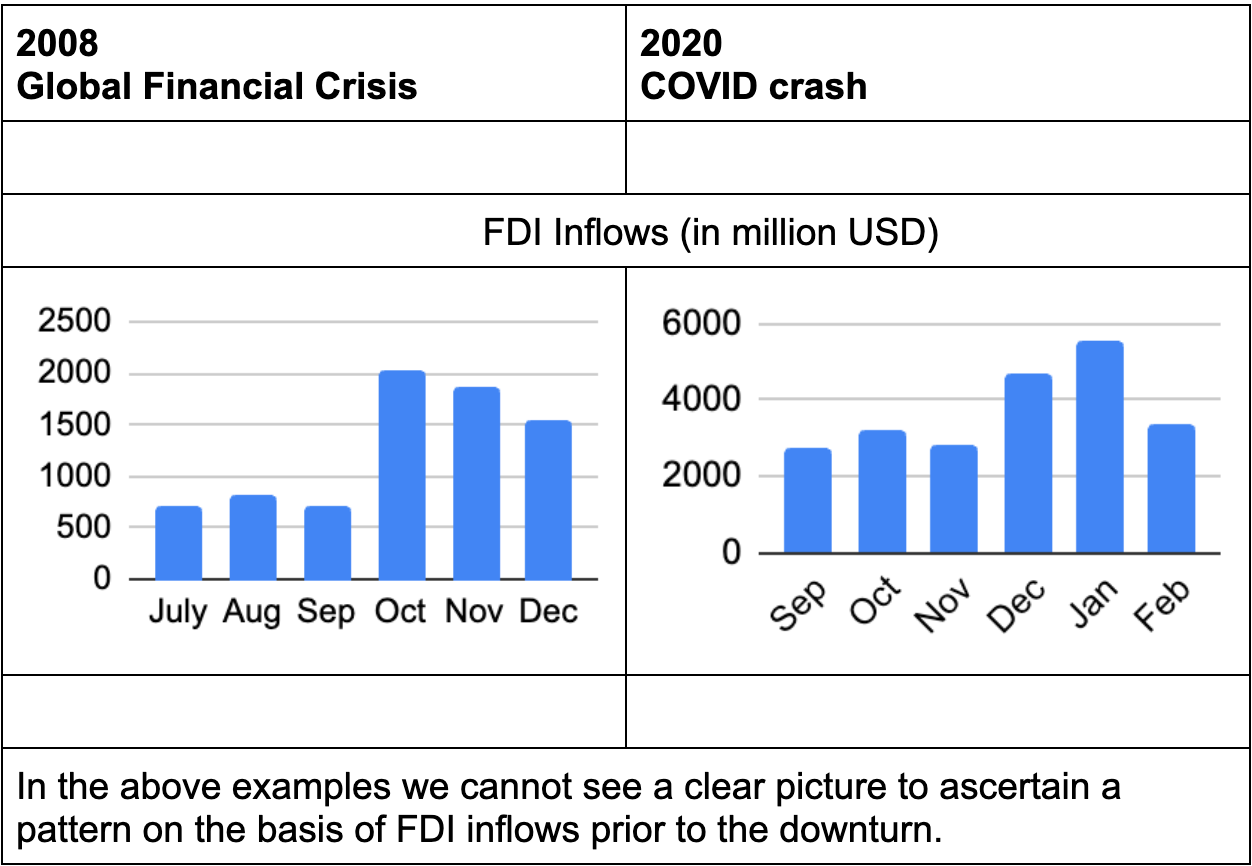In 2016, NASA sent a satellite to collect samples from an asteroid moving at a speed of 1 lakh km/h, almost 10x faster than the fastest jet on earth.
Now the asteroid was 32 crore kilometres away from earth, a distance equivalent to nearly 7,900 trips around our planet.
But the scientists didn’t just manage to land the satellite safely on the asteroid, it collected the desired samples and delivered it above the earth’s atmosphere in 2023.
From there itself, the satellite drifted back again with plans to be back by 2029 along with some new specimens.
Sitting at astronomical distances, it is just insane to think how humans are now able to predict and plan unthinkable feats, and that too multiple years in advance.
Despite being capable of solving such herculean problems, it is puzzling how we still cannot find an accurate answer for something as simple as, where will the stock market move tomorrow?
We have had many rises and many crashes in history where some knowledge in advance could have potentially saved billions for people.
It’s not that we haven’t tried. From make believe astrologists to rational technologists, all have attempted to answer this question, but somehow we are always caught by surprise.
This time, let us try ourselves and compare the 2 biggest market crashes of the 21st century, and see if we can trace similarities that can help us time the next one.
While there are endless factors that affect the markets, we will be looking at some of the big indicators as follows, starting 6 months before the markets fall.
Sensex P/E ratio - P/E earnings ratio of the S&P BSE Sensex
M-Cap to GDP - It is a ratio comparing the value of total market cap of a country, with its GDP at the point. Numbers within 90% are considered fairly valued, while anything above is a sign of overvaluation
FII inflows - The investments by foreign investors in the Indian financial market
GDP growth rate - The rate at which GDP grew during the quarter
Inflation - The retail inflation rate
FDI investments - The investments by foreign companies in the Indian business landscape
(The indicators chosen are broadly macro, and can be subjective for someone else)
Comparing the given indicators, we may see that FDI investments, FII inflows, and inflation signs did not give any strong predictive patterns when looked prior to the market downturns.
Though, P/E ratio of the Sensex, M-Cap to GDP ratio, and GDP growth rate did show some indications prior to the big downturns, but none of them hold true always as there have been periods with similar indicators resulting in a contradicting market behavior than earlier.
So when it comes to markets, they are pretty much unpredictable, especially when it comes to timing it.
The conclusion is based on this small note that has looked into just 6 indicators, but there are big institutions who probably look at all things that can be possibly looked at, but the answer to where will the market move tomorrow, is still as ambiguous as ever.







